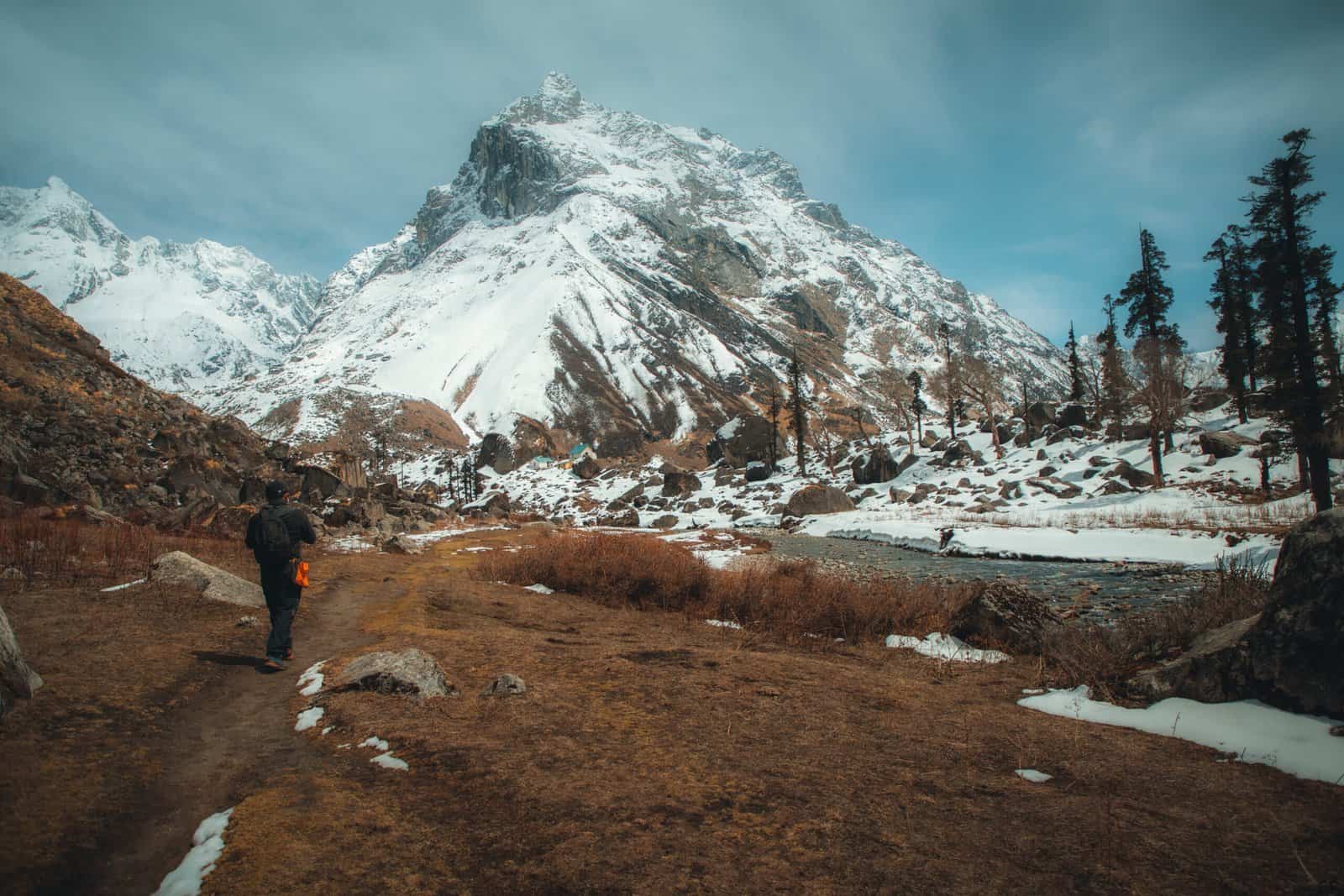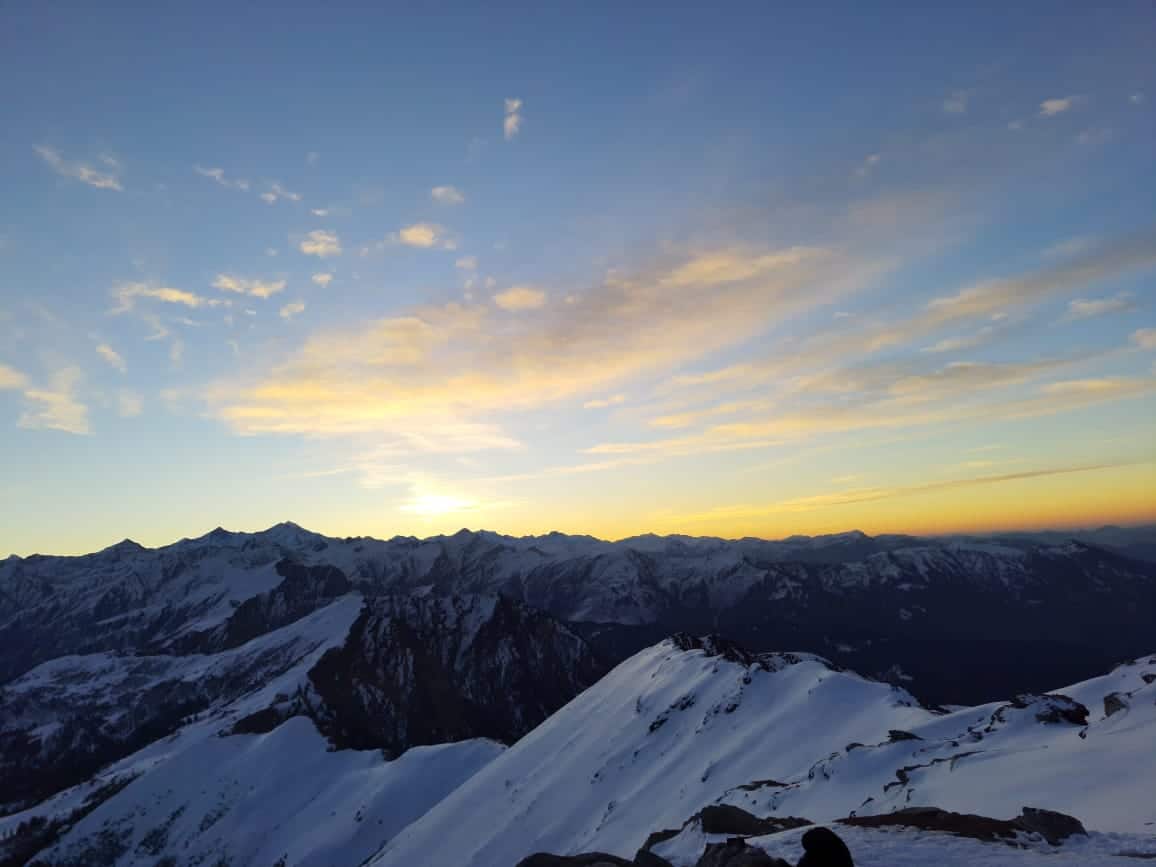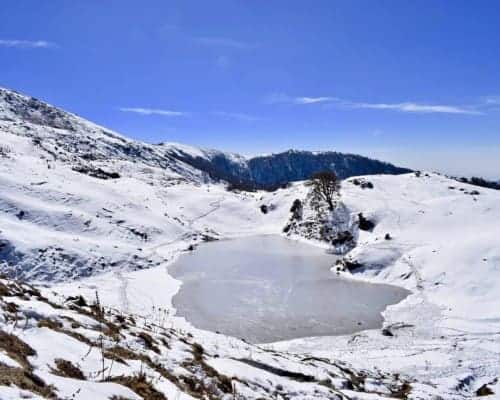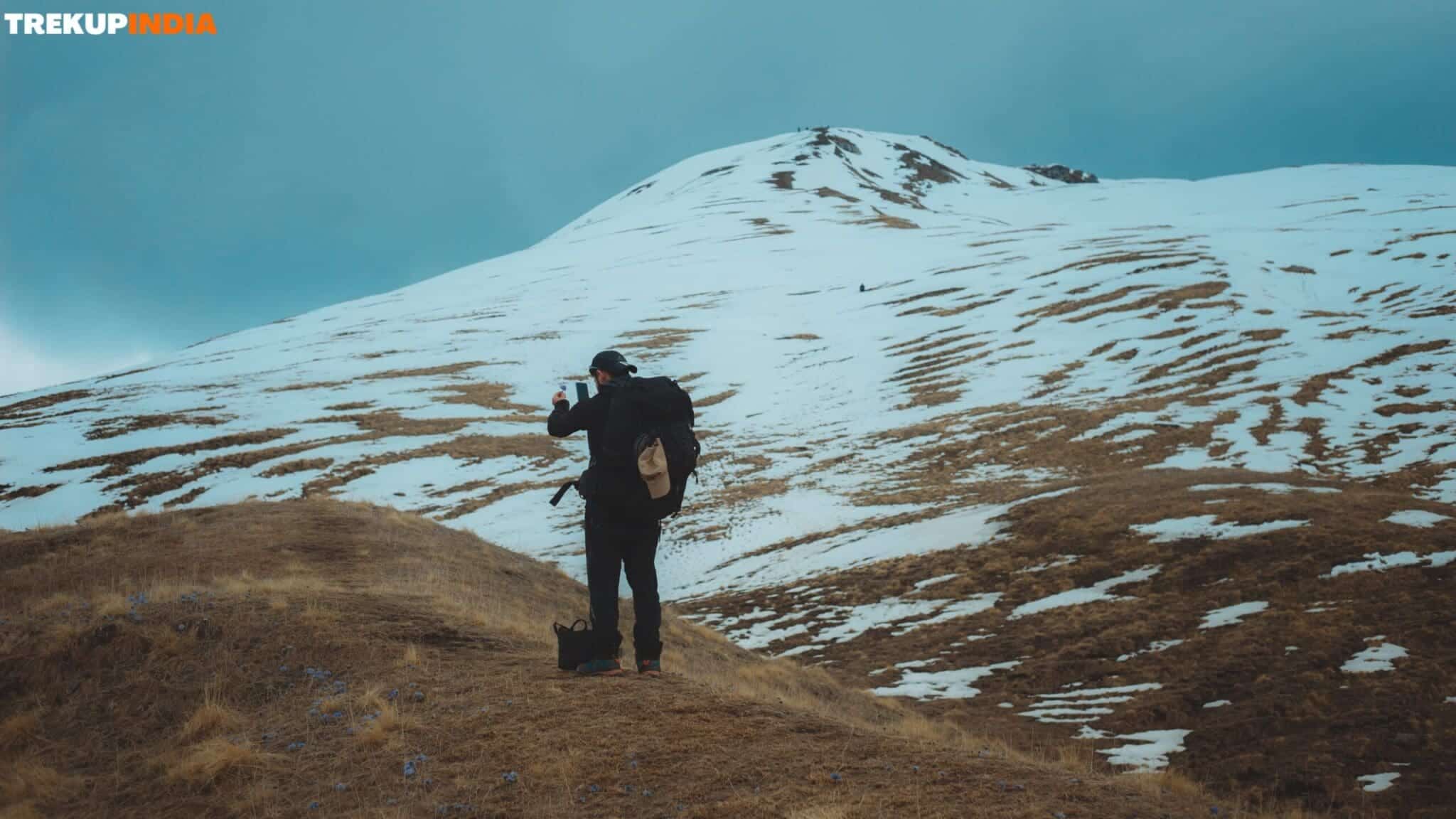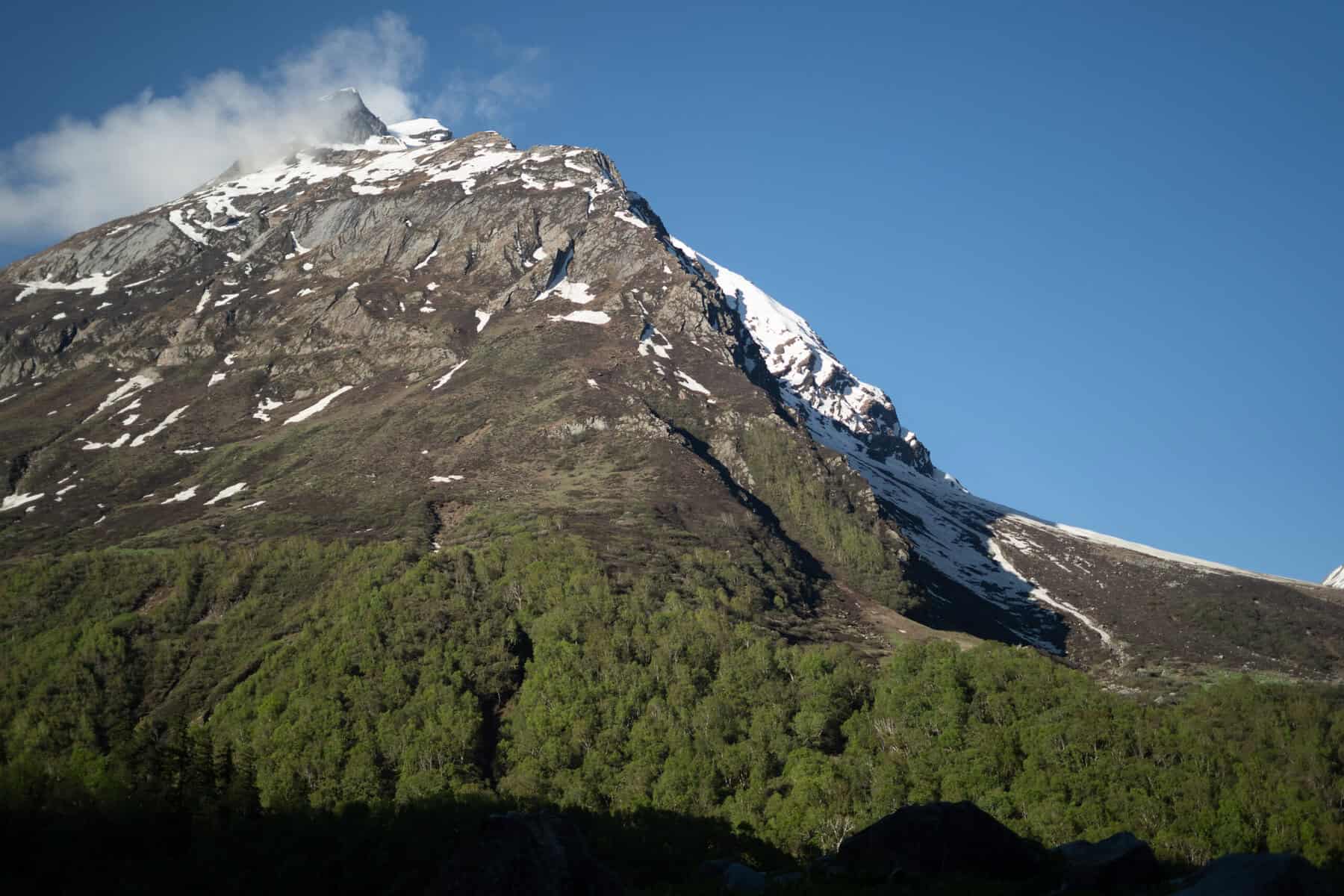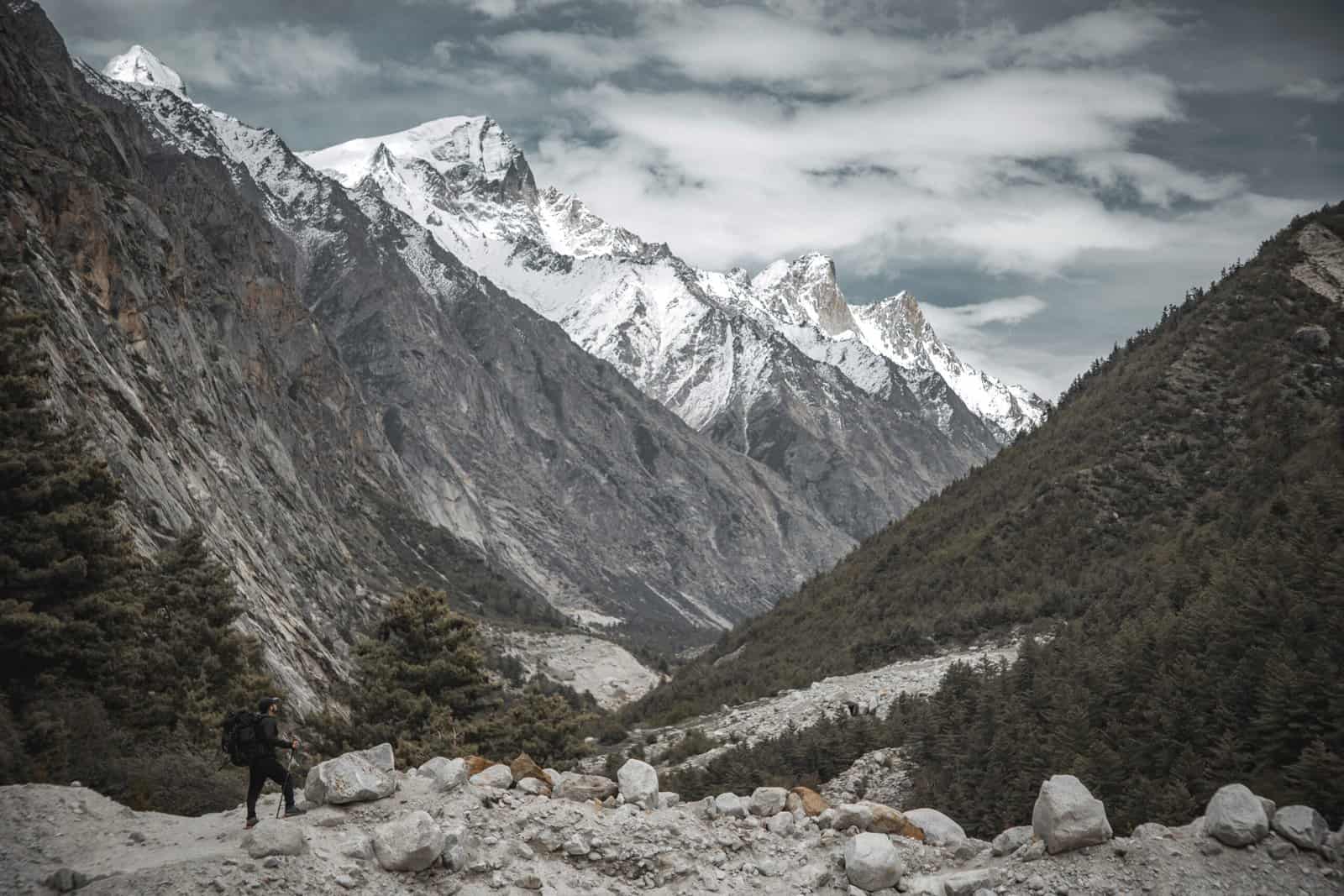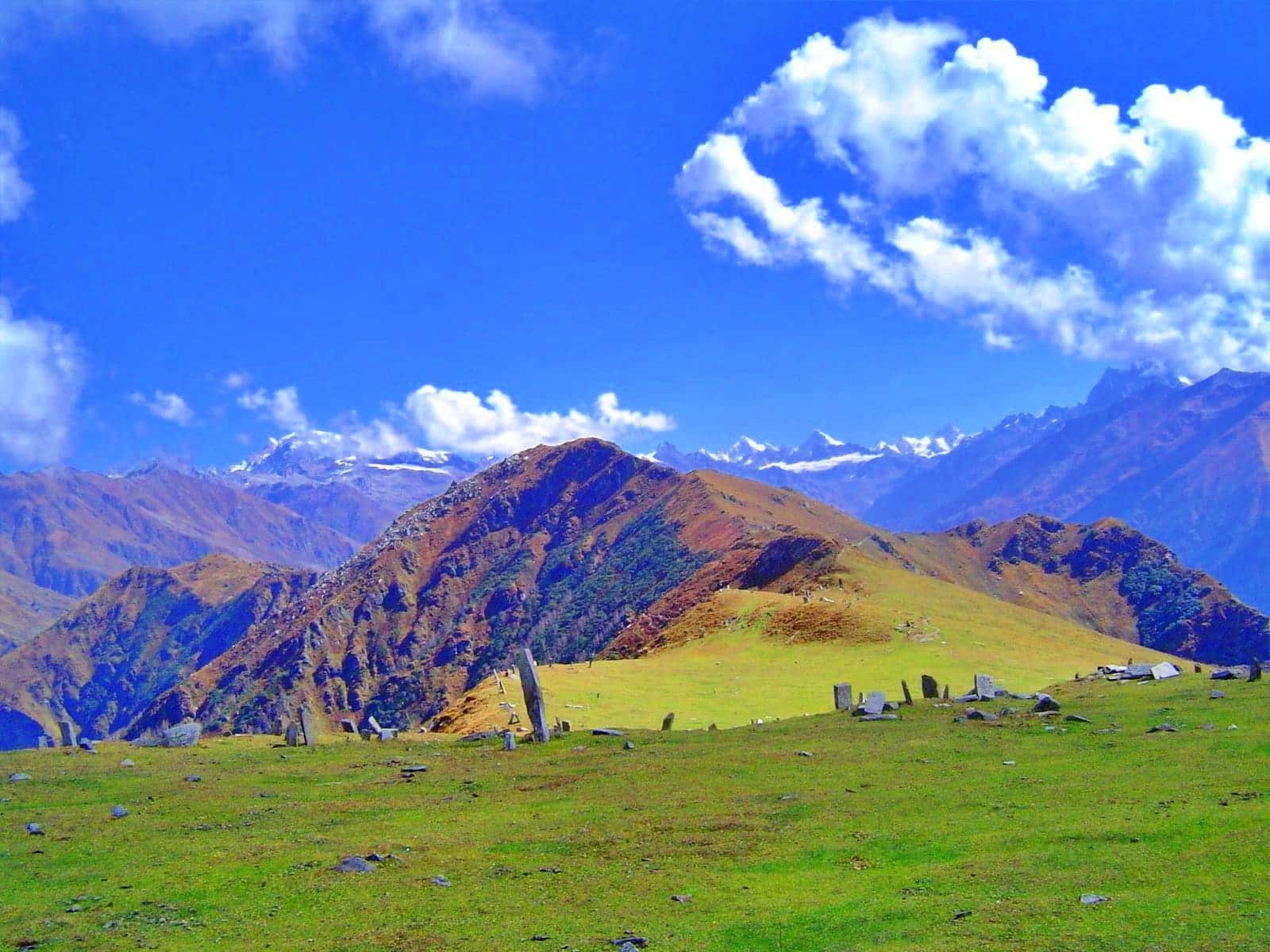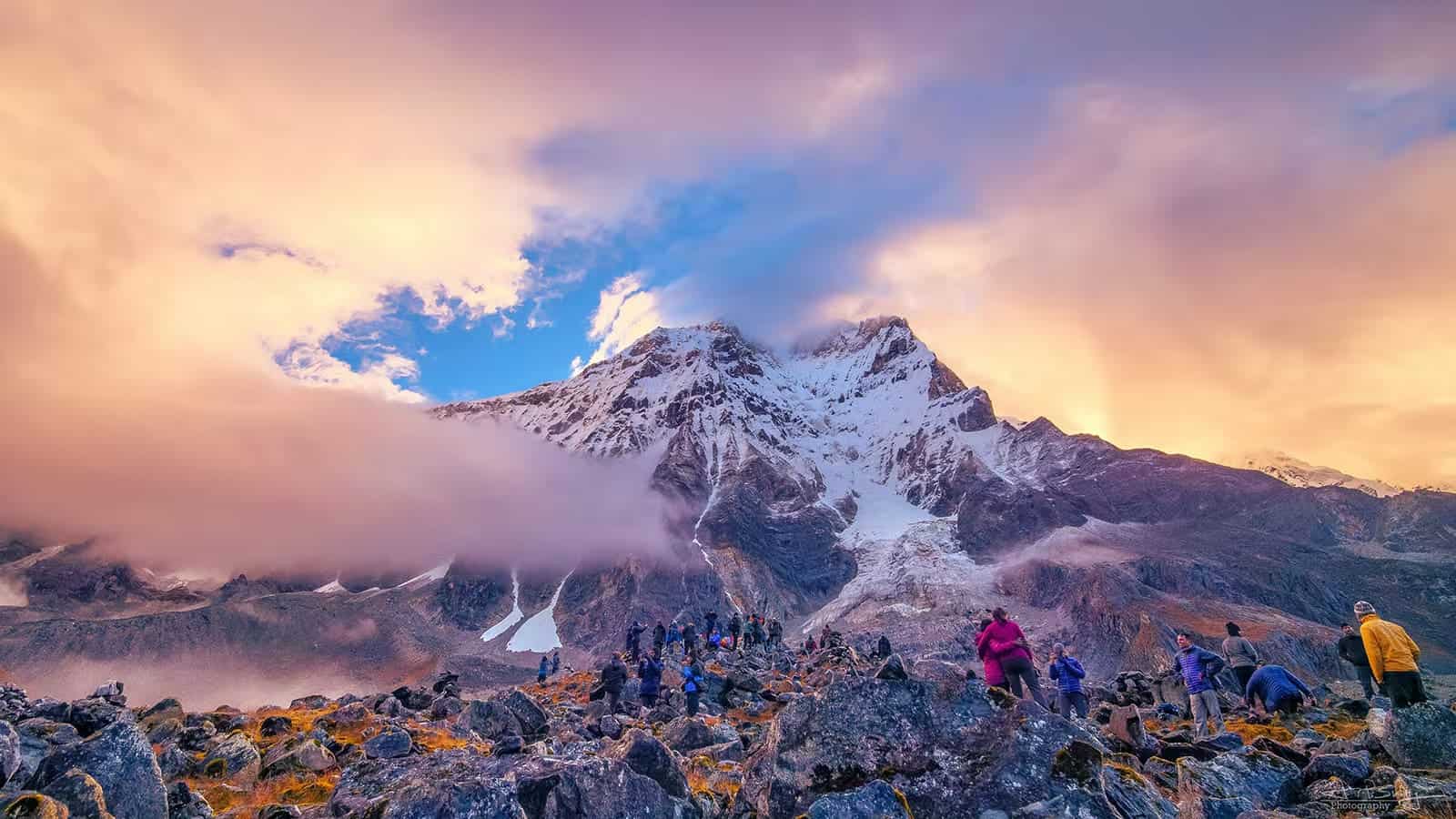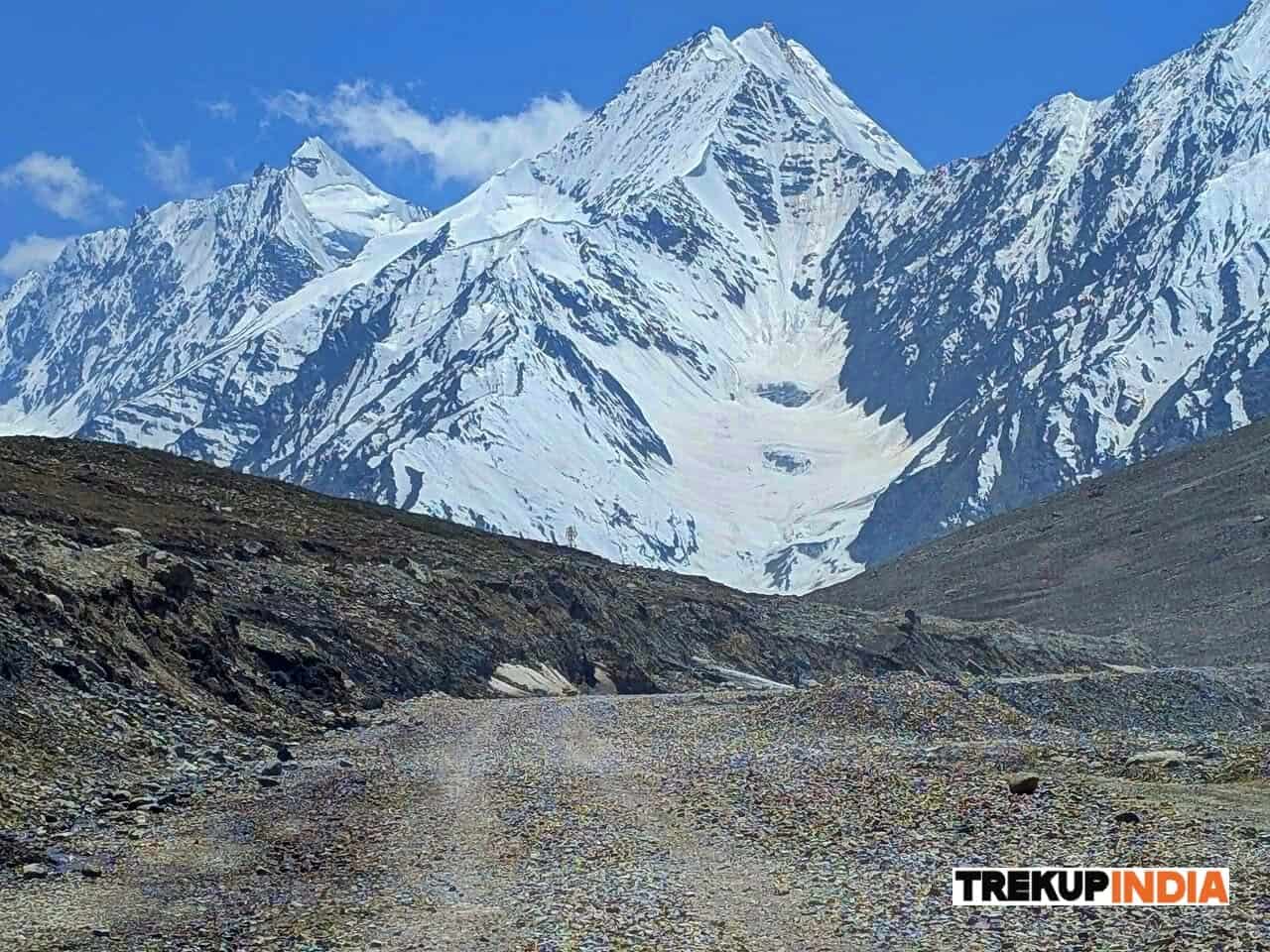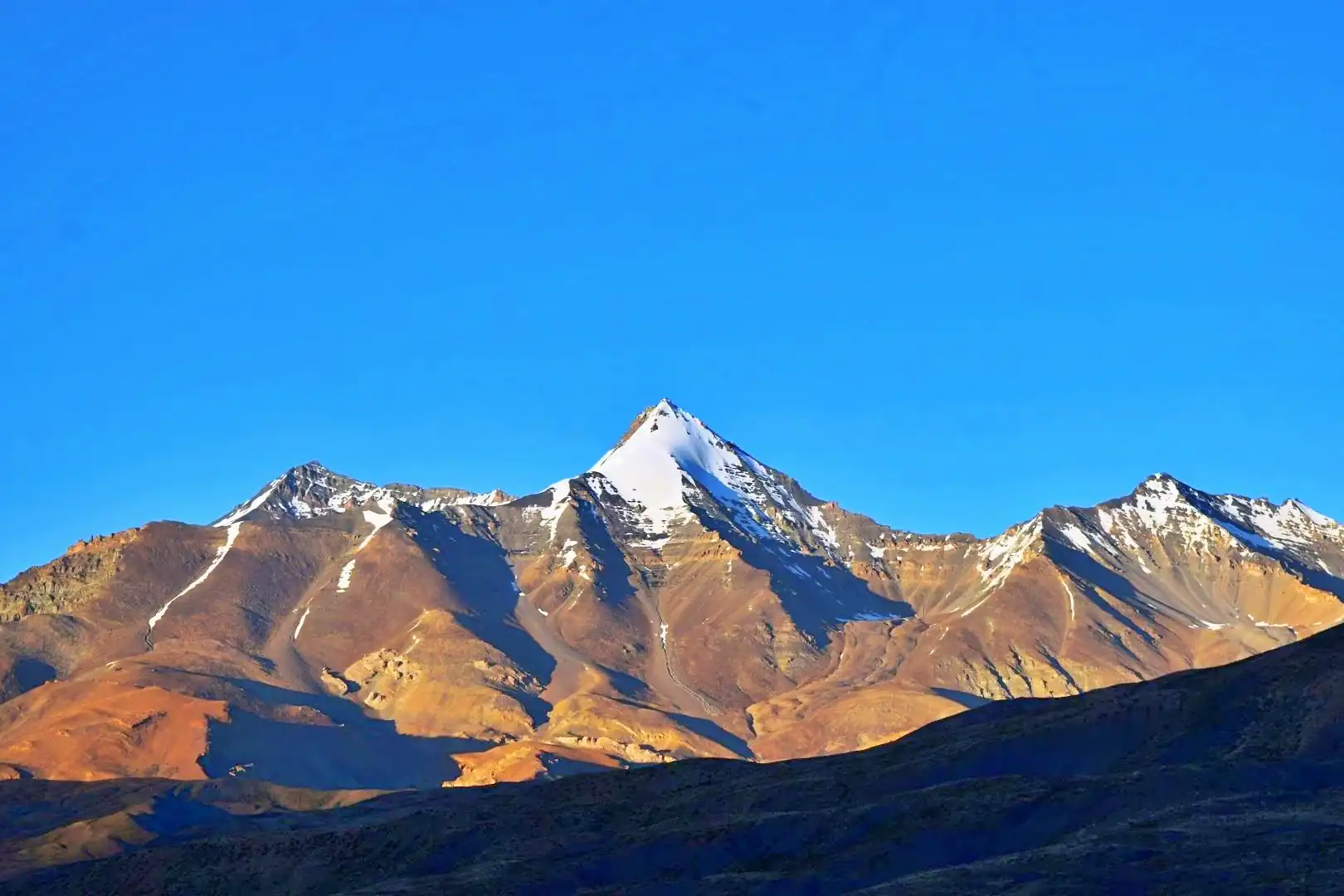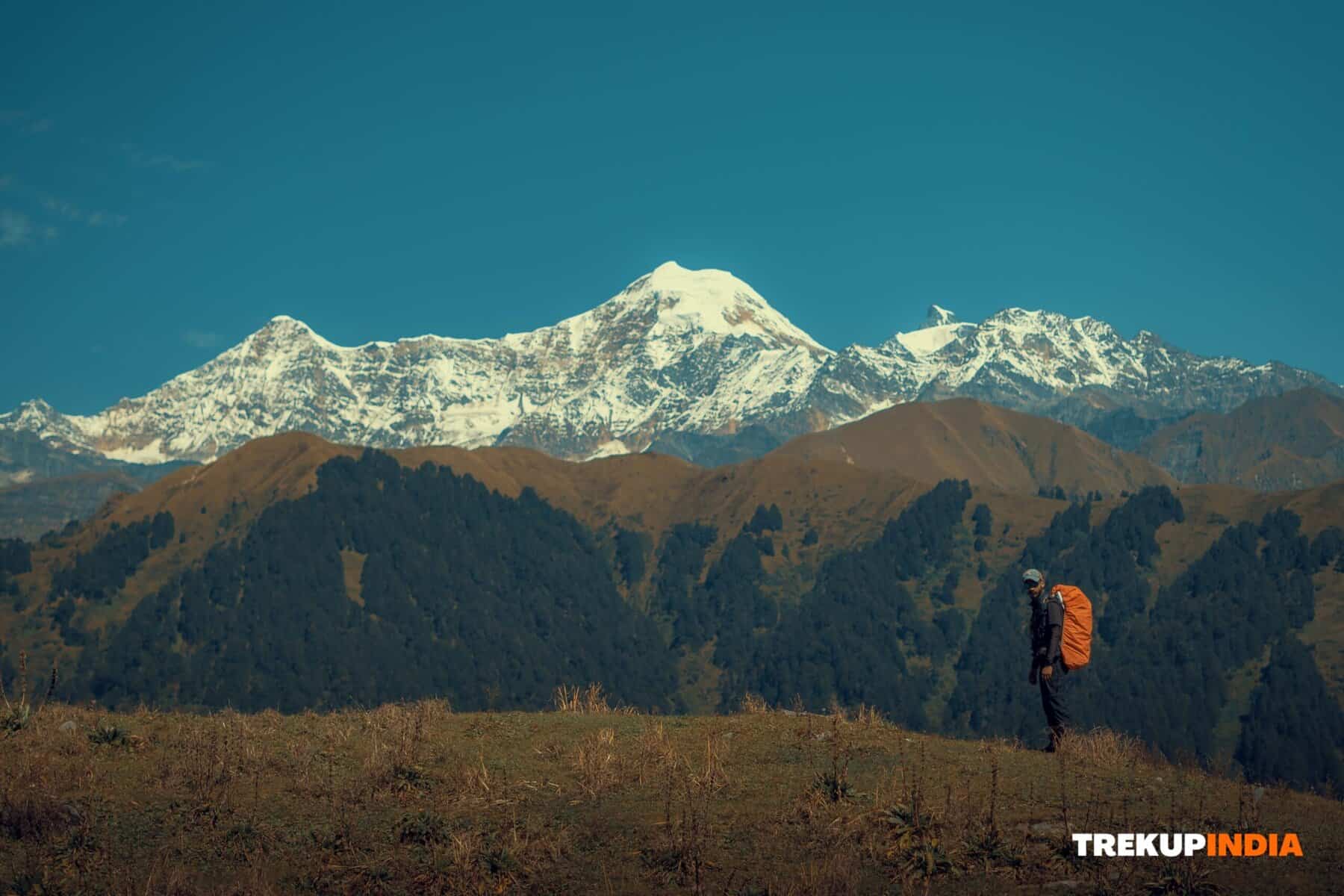Sathuragiri Hill Trek
Sathuragiri Hill Trek
Located in Thaaniparai village, a 45-kilometer drive from Virudhunagar city in Tamilnadu, Sathuragiri Hills, likewise called ‘Chathuragiri,’ is a relaxing haven. A Western Ghats trail falls inside the Grizzled Squirrel Wildlife Sanctuary, a UNESCO Western Ghats World Heritage Site. It is considered one of the most magnificent treks in Southern Tamilnadu. The lush plants and stunning views of the surrounding landscape make the Sathuragiri trek a genuinely memorable experience.
The journey promises to excite candidates with a heart-pumping experience, with its rugged landscape and intimidating obstacles that will evaluate your guts. Yet, the challenging climb is rewarded with breathtaking vistas of the majestic Western Ghats, extending in all their splendor. For over 2,500 years, the trail has been a favored route for followers who embark on a challenging expedition to honor Lord Shiva at the Sundara Mahalingam and Santhana Mahalingam temples.
Sathuragiri, likewise recognized as the Abode of the Gods, owes its name to the Sanskrit language. The name is a mix of 2 words – Chathur, suggesting four, and Giri, implying hill. According to the Shiva Puranam, the four Vedas – Rigveda, Yajurveda, Samaveda, and Atharvaveda – combined to form this mountain, resulting in Chathuragiri. The name Sathuragiri can be translated in another method, as the hills surrounding it form a square shape reminiscent of the Tamil word “Chathuram,” providing the location with its name.
The Sathuragiri Hill trek promises a thrilling experience for experienced trekkers with its challenging trails, diverse and lively flora and fauna, and a breathtaking panorama of the Western Ghats. The Sathuragiri hill trek is a walk that needs a moderate level of physical conditioning, and it can be ended up in 2-3 hours by skilled trekkers, while those new to trekking may take around 4-5 hours to complete it.
Best Time for Sathuragiri Hill Trekking
October to February are perfect for embarking on the Sathuragiri Hill Trek. In the summer season, the temperature typically rises to the high 30s. This can quickly trigger dehydration and make it highly challenging to hike through specific locations. Therefore, we advise against trekking to Sathuragiri Hill throughout the summer. It is highly recommended not to attempt the Sathuragiri trek in the rainy season (seek advice from weather reports to prevent days with heavy rain), as the path tends to flood rapidly. It also becomes harmful to trek on the rocky and slippery surface.
Highlights of Sathuragiri Hill Trek
The Kona Thalai Vasal ascent is renowned as the most challenging segment of the trek. Simultaneously, it provides the most thrilling part of the journey. Kona Thalai Vasal provides a high trail formed like the letter Z, extending approximately 1 kilometer. Ascending this path, characterized by uneven rocks and covered by thick forest, with a flowing stream on your left, undoubtedly offers an extraordinary and exhilarating experience.
Sathuragiri Hill is a habitat for diverse and rich animals. It is recognized as an essential bird area, given that it lies inside the Grizzled Squirrel Wildlife Sanctuary. Around 275 species of avifauna are recorded here, including 14 endemic types.
You might witness various birds and flowering plants throughout the trail and discover several rare organic plants.
The Sathuragiri endpoint is located in an anxiety surrounded by densely covered forests of the Western Ghats. Seeing such rich plants surrounding you from all sides will be wondrous.
Sathuragiri Hill Trek Detailed Trail Information
The Sathuragiri Hill trek starts at the forest check post, where entry passes to the hill are released. The entryway fee is Rs.10. After trekking through the forest check post, you’ll see a long, winding concrete path surrounded by thick forest. Initially, you will walk on this concrete course till you reach Lord Karupusamy temple. You begin on the rugged trail after a short climb through the stairs. Once you cross Lord Karupusamy temple, the trail gradually transforms into an unequal rocky surface. It initially leads you to the Mangani stream. Right after you cross the Mangani stream, you will see that the trail has become rugged. You are required to walk carefully here to reach the first crucial point on the trek, Vazhukku Parai. In Tamil, Vazhukku Parai suggests “Slippery Rock.” Steps are sculpted on a rock. While walking through the Vazhukku Parai, you will know why it is called so. Although the Vazhukku Parai stretch is exceptionally short, you need to gingerly negotiate it because a couple of missteps will lead you into the stream listed below. The climb starts gradually after you cross the Vazhukku Parai. You must trek on the same rugged trail for around 700-800 meters to reach the next fantastic area, Sangili Parai.
In Tamil, Sangili Parai suggests “Steel Chain Rock.” The steel chains go between 2 boulders at Sangili Parai. People hang on to these chains to reach the other end of the Sathuragiri River when the water circulation is high. Sangili Parai is a longer and harder variation of Vazhukku Parai. It is relatively high, too. After crossing Sangili Parai, walk 5-10 minutes on a muddy-rocky path to reach the steepest part of the trek, Kona Thalai Vasal. The Kona Thalai Vasal is a one-kilometre-long zig-zagging trail. When the trail is crowded during special occasions, the unequal, narrow rock path makes ascending challenging, so be cautious of this section when climbing.
The Kona Thalai Vasal stretch is exhausting. Nevertheless, the beauty of this stretch is such that as you walk up, you will see sensational big rock developments and rich greenery to your right and a deep valley with the Sathuragiri stream flowing to your left. This is likewise an ideal place to identify certain types of birds. The Kona Thalai Vasal stretch takes the wind out of you, so it is advised that you drink water regularly, starting every 15 minutes. From here, you will reach a location called Kaaram Pasu Thadam after a 20-minute climb. This is where the footprints of cows can be found on a rock. The trail after Kaaram Pasu Thadam is as challenging, with little break. The Sage Korakkar cavern is a short range from Kaaram Pasu Thadam. To get to the Korakkar cave, you need to cross a stream, and it is believed that Korakkar himself set up the Lingam inside the cavern. A covert waterfall a short range away from the cavern flows through a narrow canyon after the Korakkar cavern, a 10-minute walk to the Rettai Lingam temple.
After the Rettai Lingam temple, the trail becomes less difficult, with a mix of flat and sloping terrain causing Chinna Pasu Kidai. At Chinna Pasu Kidai, a signboard indicates the area of ‘Naval Ootru,’ a water source thought to have recovery properties for incurable ailments. However, the water source dries up after the monsoon season. From Naval Ootru, the trail continues irregularly surface until Lord Pilavadi Karuppar temple. The course ahead of the temple is rough and rocky, and caution ought to be worked out due to slippery moss development on the rocks. When this section is browsed, the tricky part of the trail is over, and the course ends up being relatively simple until the temples at Sathuragiri Hill. Several stores sell praise and food items on both sides of the trail. The climb to the temples at the top starts from here, where the temples of Lord Sundara Mahalingam and Lord Santhana Mahalingam lie. The Santhana Mahalingam shrine’s water source is a hassle-free location to fill up water bottles, and complimentary food is likewise offered inside the temple for those who require it.
Before descending the hill, you can spend some time at the Santhana Mahalingam shrine, which overlooks the lush green hills. You might likewise take a time-out before Sundara Mahalingam shrine, which ignores Thavasi Parai. A 1 km thick forest path results in Thavasi Parai from Sundara Mahalingam shrine. Practicing meditation at this spot is believed to be a course to enlightenment.
You must be on all fours to enter the small Thavasi Parai cave. But once inside, there is enough space for at least ten individuals to sit simultaneously. Nevertheless, forest officials have recently closed the trail to Thavasi Parai cave because of the wild animal movement.
Downhill Journey
The descent to Thaaniparai is usually less challenging than the climb, with some significant exceptions, such as Kona Thalai Vasal and Sangili Parai. While the threat of mishaps is lower, exercise care is still essential, especially when navigating rocky locations that might increase the likelihood of ankle twists if appropriate care isn’t taken.
How to Reach For Sathuragiri Hill
The trek to Sathuragiri Hill starts in Thaaniparai, a small village roughly 28 kilometers from Srivilliputhur and 45 kilometers from Virudhunagar in Tamilnadu. Throughout unique events like full moon days, new moon days, and regular monthly pradosham, unique buses are supplied from Srivilliputhur to Sathuragiri Hill. On regular days, you can take a bus from Srivilliputhur to Vathirairuppu (Watrap) and employ an automobile rickshaw to reach the beginning of the Sathuragiri Hill trek.
Reaching Sathuragiri Hill by your Own
Chennai– Villupuram– Tiruchirappalli– Madurai– Sathuragiri
1. Take NH32, NH132, NH38, Chennai– Villupuram– Trichy– Kanyakumari Road/Maravapatty– Villur– Kallikkudi Rd and NH744 to Watrap- Alagapuri -Virudhunagar Rd in Alagapuri.
2. Continue Watrap- Alagapuri -Virudhunagar Rd. Drive to Sathuragiri Road in Thaaniparai.
3. Turn right at Selva Cool Drinks and Tea Stall to stay on Sathuragiri Road.
4. Continue straight to reach the Sathuragiri parking lot.
Reaching Sathuragiri Hill by Public Transport
Sathuragiri Hill can be reached by public transport easily. There are regular buses from Chennai.
Take a bus to Krishnankoil from Chennai, then take a local bus to Thaaniparai from Krishnankoil bus station.
You can schedule your bus tickets through the TNSTC site.
The fare for a bus ticket from Chennai to Krishnankoil differs depending on the type of bus and the day of travel. TNSTC Ultra Deluxe buses cost Rs 565, while TNSTC air conditioning semi-sleeper buses cost Rs 590. TNSTC AC Sleeper buses are priced at Rs 966. On weekends, the fare for TNSTC a/c semi-sleeper buses increases slightly.
The fare from Srivilliputhur to Vathirairuppu (Watrap) is Rs 20.
Dates For Upcoming Treks
Want To Trek Like Pro?
Basically, watch these videos if you want to trek the same way professional trekkers do and make your skills better. These videos contain useful tips and techniques to further improve your trekking skills itself. These videos actually help both new and experienced trekkers improve their trekking skills. These videos definitely provide useful tips that make your trek better. We are seeing that these videos by Trekup India experts will only help you make your trekking skills better.







Know Everything About Acute Mountain Sickness
Acute Mountain Sickness occurs when people trek to high altitudes above 8,000 feet. This condition itself develops further due to reduced oxygen levels at such heights. Basically, as you go higher up, the air pressure and oxygen levels decrease, which causes the same problem. Acute Mountain Sickness surely causes headache, nausea, vomiting, and dizziness in affected persons. Moreover, peoples also experience difficulty in sleeping during this condition. To avoid mountain sickness, you should actually trek up slowly to higher altitudes. To learn further about this condition itself, watch the videos by Trekup India.





